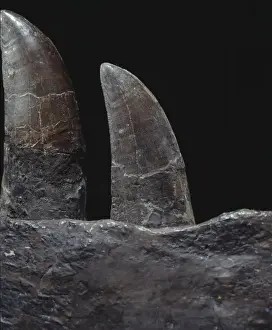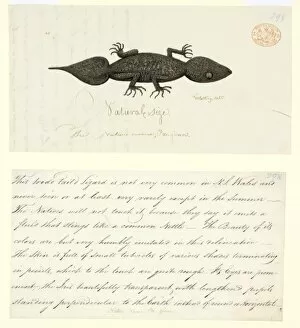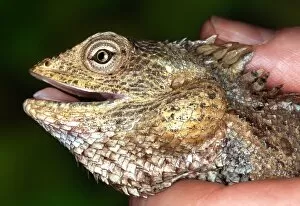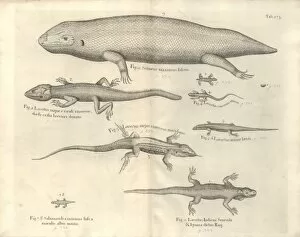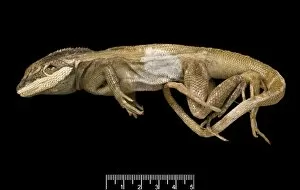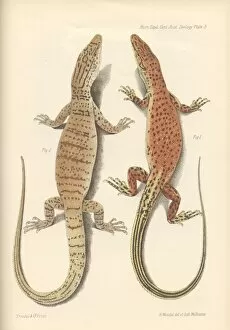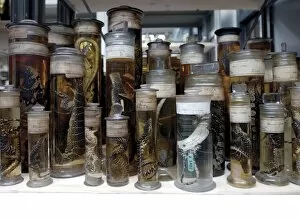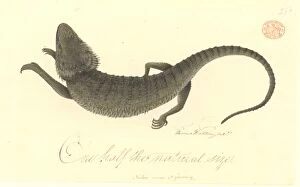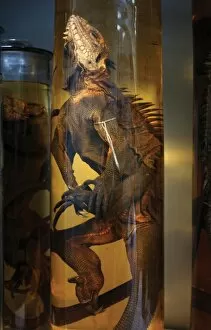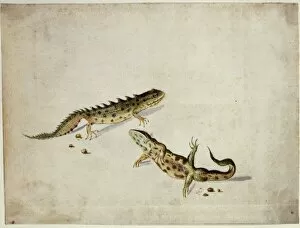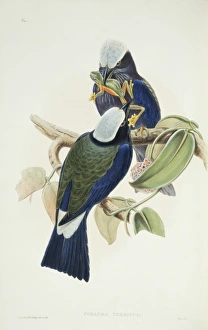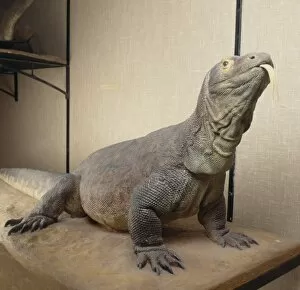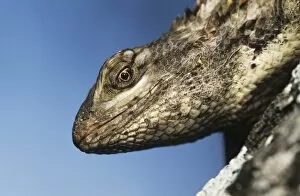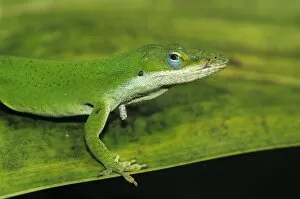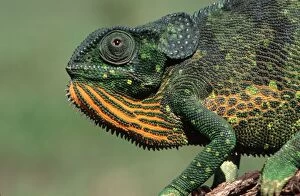Lacertilia Collection (page 5)
"Lacertilia: Exploring the Fascinating World of Reptiles" Embark on a journey to Rinca Island, nestled within the breathtaking Komodo National Park in Indonesia
All Professionally Made to Order for Quick Shipping
"Lacertilia: Exploring the Fascinating World of Reptiles" Embark on a journey to Rinca Island, nestled within the breathtaking Komodo National Park in Indonesia, where you'll encounter the mighty Komodo Dragon - Varanus komodoensis. These ancient creatures, with their powerful jaws and imposing size, reign supreme as the largest lizards on Earth. As you wander through Crystal Palace Dinosaur Models, marvel at the lifelike replicas of prehistoric reptiles that once roamed our planet. From the fearsome Mosasaur Platycarpus ictericus to Sceloporus asper's spiny lizard, these restorations transport us back to a time long gone. Plate 102 from the John Reeves Collection (Zoology) offers a glimpse into history with its intricate illustrations of secondary period animals. The attention to detail showcases Lacertilia's diversity and evolution over millions of years. Witness nature's incredible adaptations as Ptychozoon kohli, known as the flying gecko, effortlessly glides through lush foliage. Meanwhile, Furcifer oustaleti perches on a tree branch in search of prey; this Oustalets Chameleon extends its tongue with lightning speed to catch an unsuspecting fly. Intriguingly preserved Tyrannosaurus rex skeletons remind us of Lacertilia's distant relatives who ruled during prehistoric times. Their massive frames and razor-sharp teeth continue to captivate our imagination today. Delve into Heloderma suspectum's world – behold the Gila Monster lizard lurking behind a cactus. Its vibrant scales serve as both camouflage and warning for potential predators; an exquisite example of nature's artistry. Lacertilia invites us into their realm – one filled with awe-inspiring biodiversity and remarkable survival strategies honed over eons.


